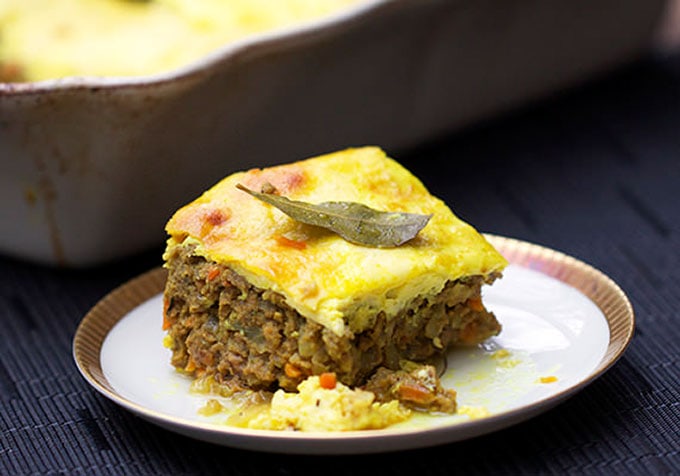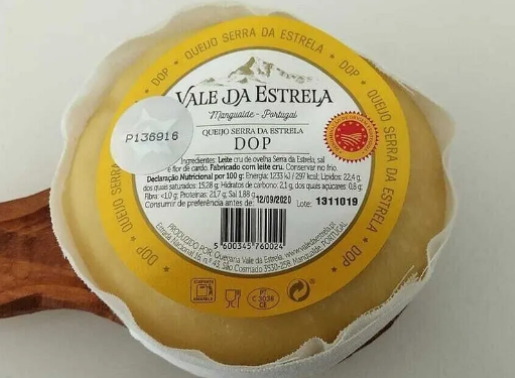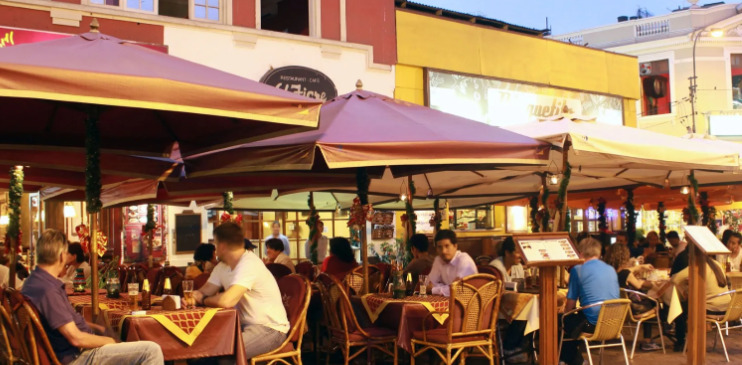Trending In Austin, Texas
It is said that “We are what we eat”. Food is perhaps the only thing that is
simultaneously both a physical need and an emotional connection. It varies
from place to place (and even from time to time). No wonder then that culture
and cuisine are inextricably linked to each other. Food is a central part of any
culture, and it reflects the people’s values, beliefs, and traditions.
Little wonder then, that when we travel, we would like our taste buds to enjoy
new experiences as well. And along with that we get a vivid description of their
culture – all neatly laid out on the table. So when we talk about the elegance,
sophistication, and attention to detail of the French, or the simplicity and focus
on quality of the Japanese all we need to do is look at their cuisine.
The food tourism market is expected to reach $1.796 trillion by 2027 according
to Euromonitor International. Also, 70% of people pick a destination based on the
food and drink there. So we can look to create new experiences for customers
through the food of the destinations.
Here are some gastronomic destinations that you can add to your customer’s
itineraries:

Cape Town, South Africa
Considered by many to be the South African national dish, Bobotie
(pronounced ba-bo-tea) is a meat-based dish and one of the most well-known
examples of Cape Malay cuisine. Home of Sandstone Mountains, sun-
bathing penguins, and a rainbow of culinary delights, Cape Town has a
dramatic, instagrammable backdrop that is instantly recognisable. And don’t
get startled when the city’s noon gun goes off! It’s a sign that lunch is around
the corner.

Lisbon, Portugal
Some people consider Portugal to be Europe’s best-kept culinary secret.
Portugal was once a colonial empire and the influences of its former colonies,
Goa, Macau, Brazil, Angola, Mozambique, to name a few, can be felt
everywhere, even in its food. Cheese from Serra da Estrela is a special kind
of yellow cheese that was chosen as one of the seven gastronomical
wonders of Portugal. Lisbon is Portugal’s hilly, coastal capital city. From
imposing São Jorge Castle, the view encompasses the old city’s pastel-
colored buildings, Tagus Estuary and Ponte 25 de Abril suspension bridge.

Central Otago, New Zealand
The Kiwis have a world reputation for producing award-winning locally grown
produce. Featuring world-class wines including some of the world’s best Pinot
Noir, the Central Otago region is a wine lover’s haven. Cycle part of the
Otago Central Rail Trail as part of your tour in South Island. There are also
displays on gold mining, farming, viticulture and horticulture history at the
Central Stories Museum.

CN Traveler
Lima, South America
Ceviche or marinated fish is Peru's national dish, the best versions of this dish are in Lima and it's the freshest, zestiest and healthiest dish you will ever have. Pisco sour is Peru's national drink. Peruvians love it that much, it even has its own national holiday known as National Pisco Sour Day. Lima is home to the Museo Larco collection of pre-Columbian art and the Museo de la Nación, tracing the history of Peru’s ancient civilizations.

Austin, Texas
Perhaps more than any other major city, food trucks are serious in Austin,
with many established chefs hopping on the bandwagon to set up mobile
kitchens, while aspiring cooks continue to test out their chops on the road.
Austin is known for its eclectic live-music scene centered around country,
blues and rock. Its many parks and lakes are popular for hiking, biking,
swimming and boating.

Phnom Penh, Cambodia
Recognised for their rich flavours and bargain prices, street food stands can
be found on the streets of Phnom Penh at all times. One of the city’s most
popular dishes is lort-cha, a stir-fried dish of rice noodles, bean sprouts,
Chinese broccoli, and chives. Phnom Penh was a hub for both the Khmer
Empire and French colonialists. On its walkable riverfront, lined with parks,
restaurants and bars, are the ornate Royal Palace, Silver Pagoda and the
National Museum, displaying artefacts from around the country.
Before you begin planning gastronomic travel, here are some tips to ensure
travellers get the most authentic experience.
o Research the local cuisine and food culture and understand how they fit into
your customer’s tastes
o Find the right restaurants which are popular with locals & encourage people
to avoid tourist traps
o Suggest that your travellers talk to locals about the dishes and what they
mean to their culture.
o Inspire people to be open-minded and try new things outside their comfort
zone.
Whether you’re travellers are foodies or simply enjoy trying new things, we can
create an unforgettable experience for them by including a celebration of food from
farm to table. So start planning the next gastronomic adventure today!

